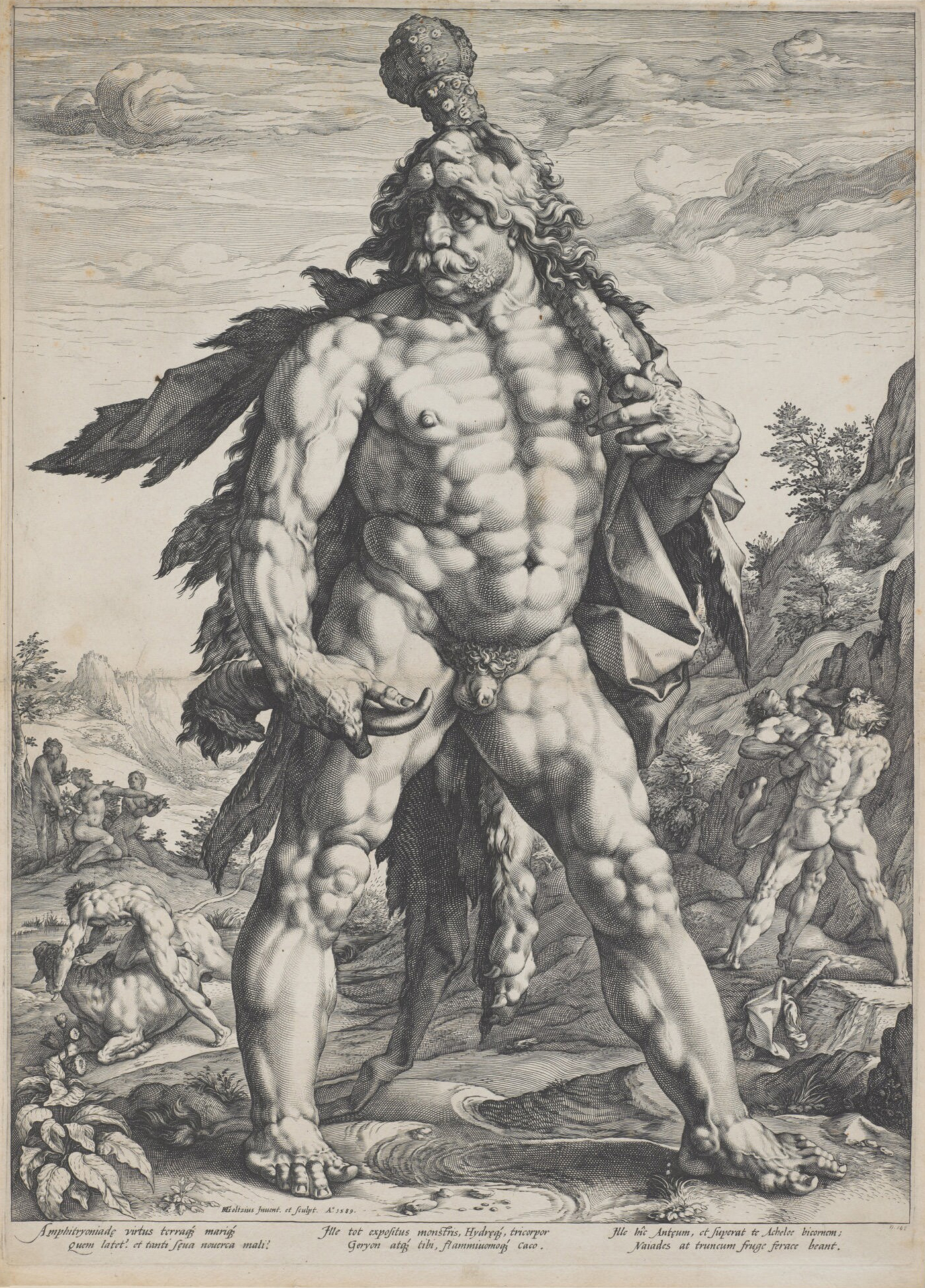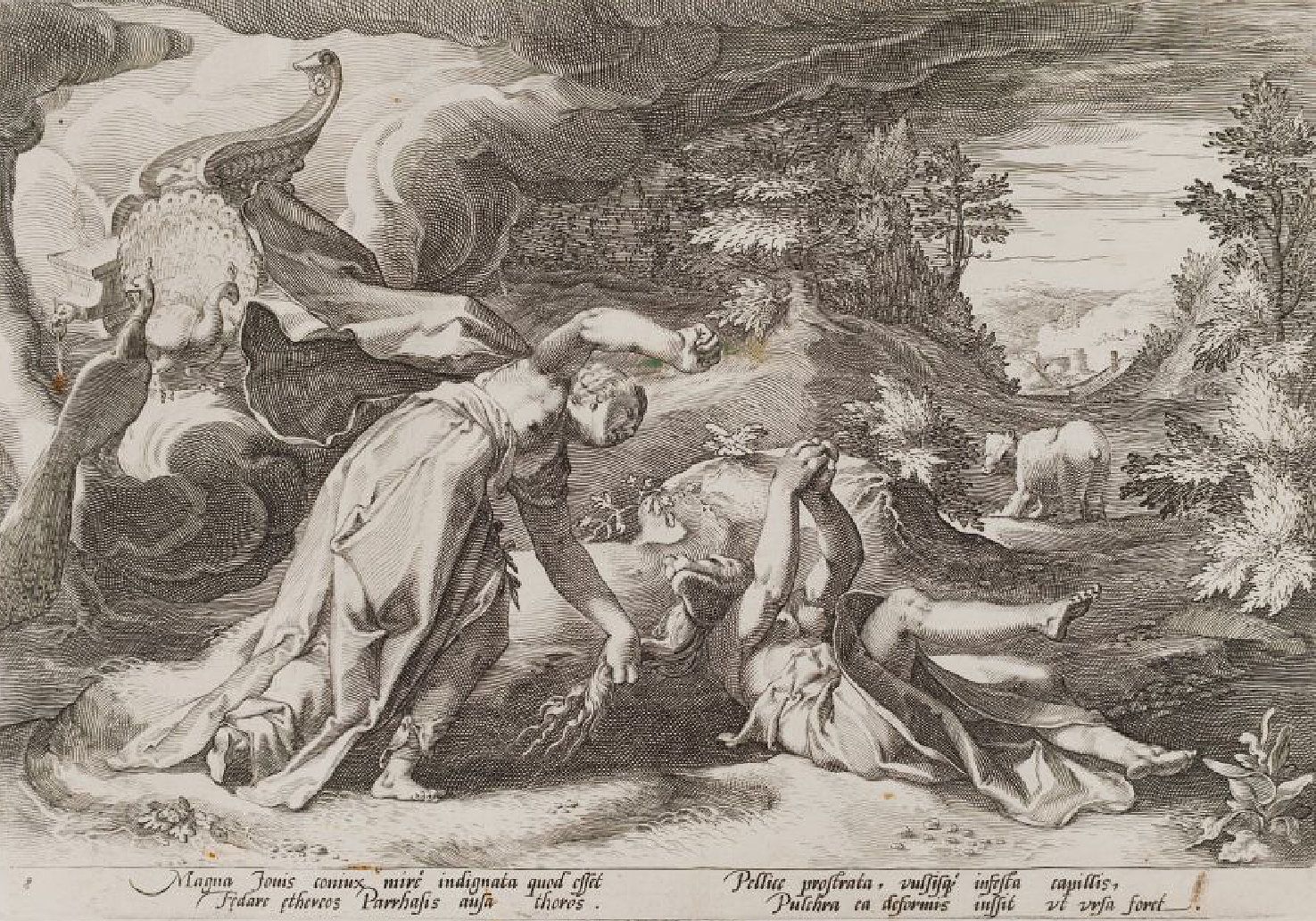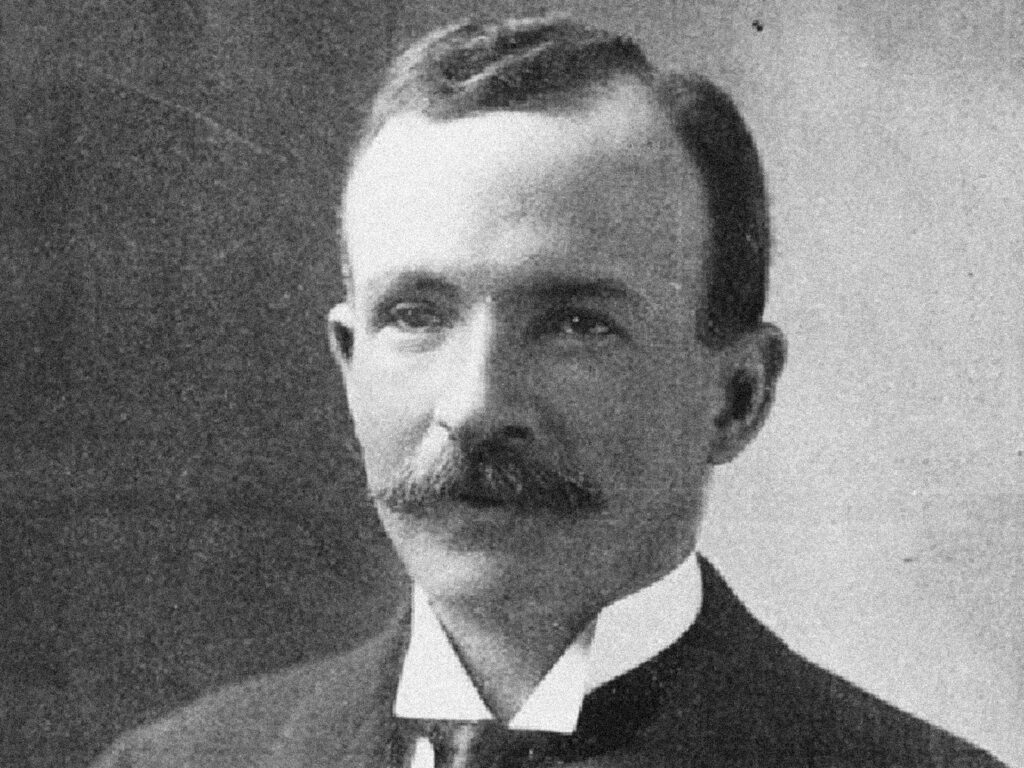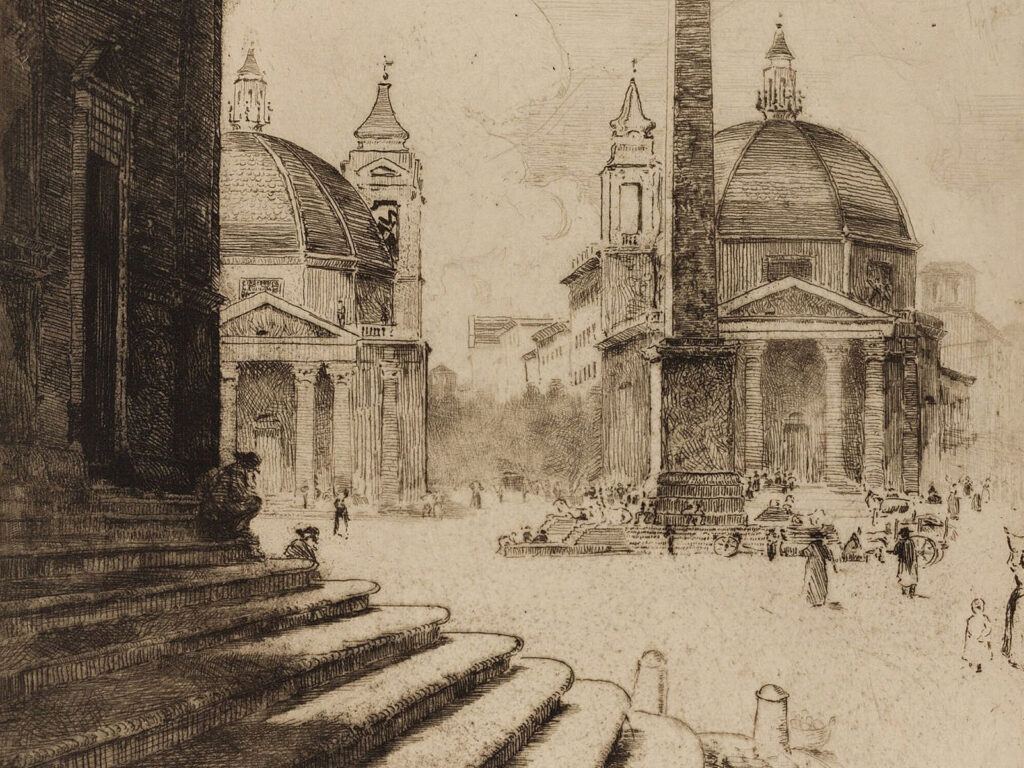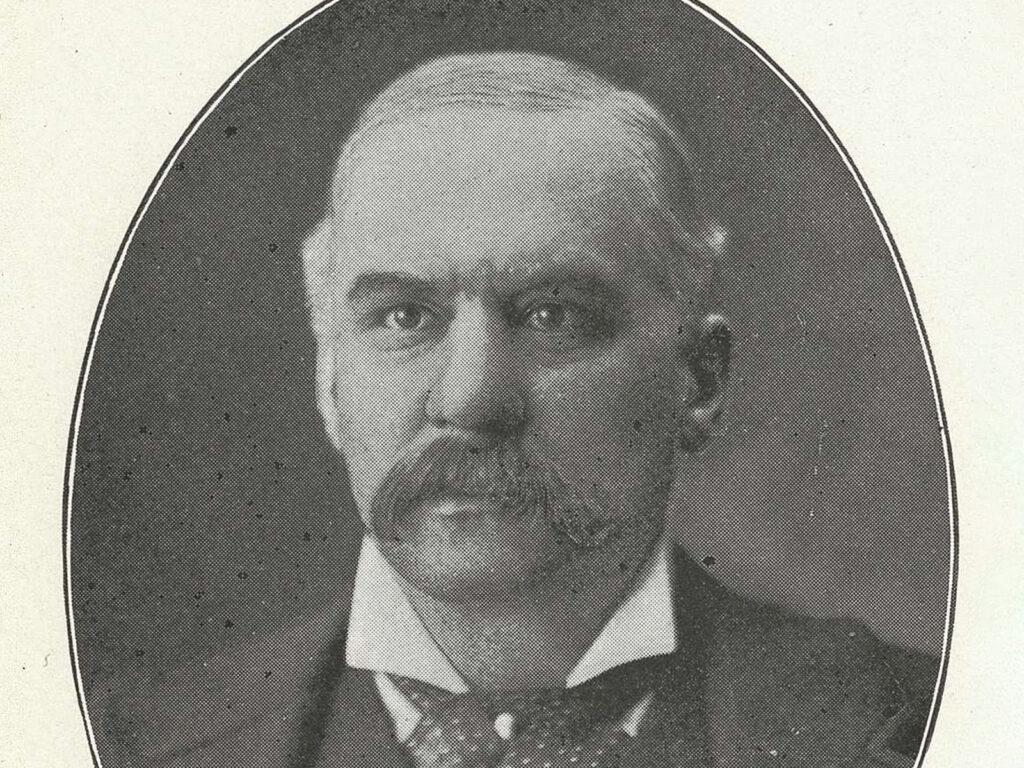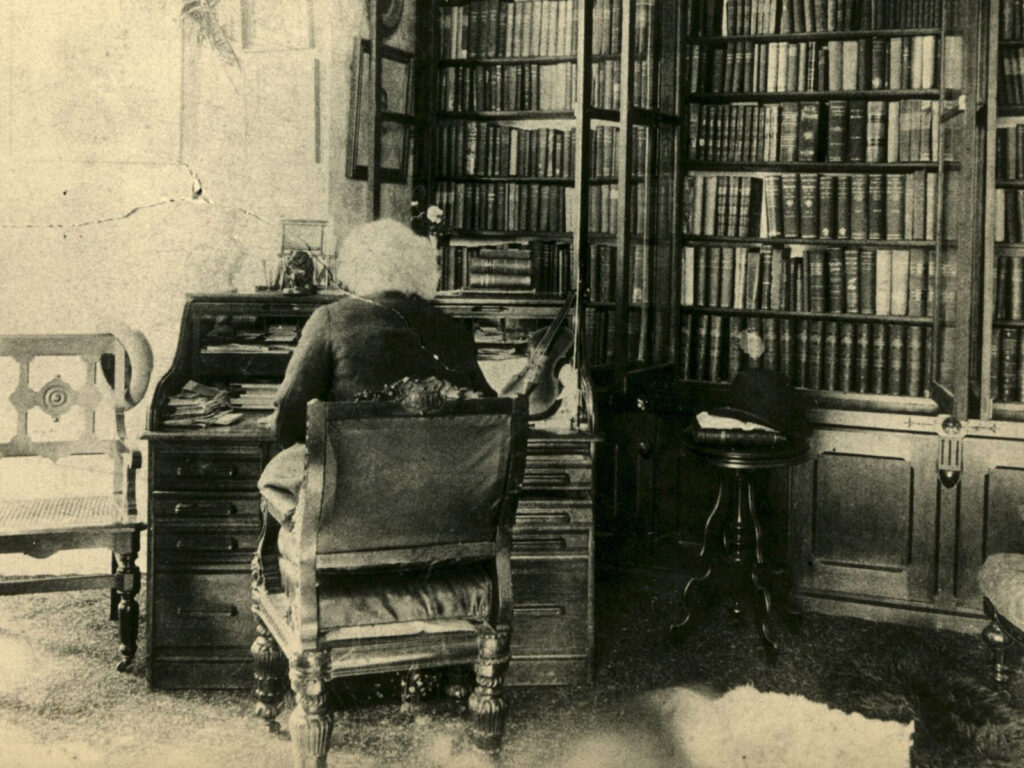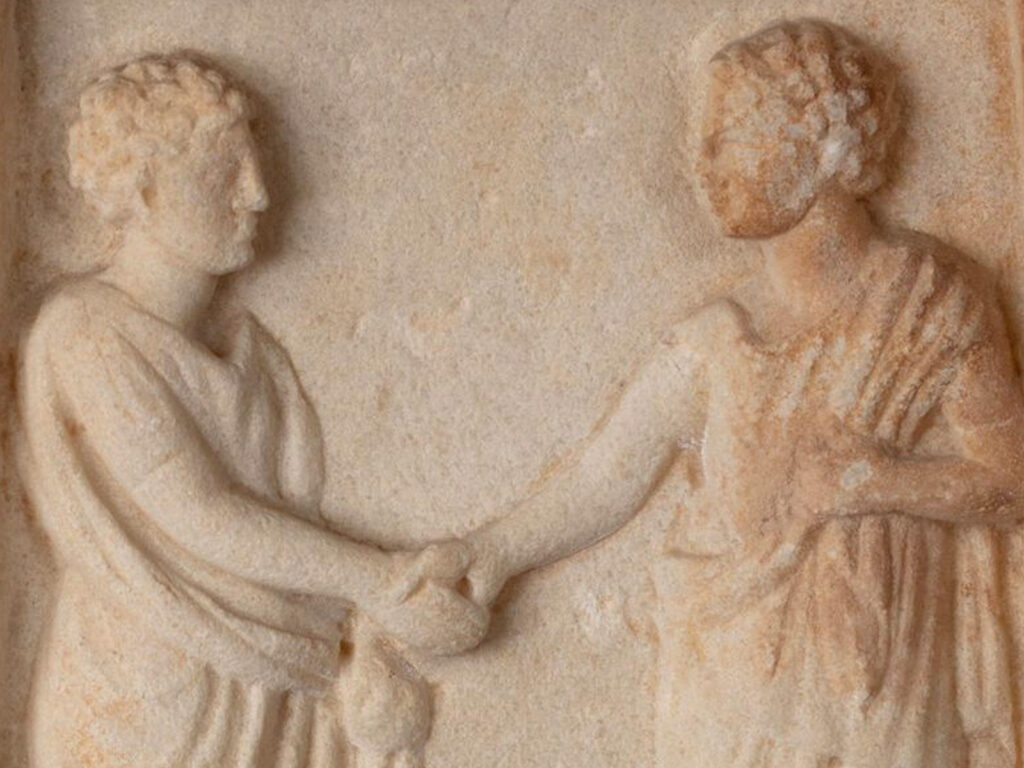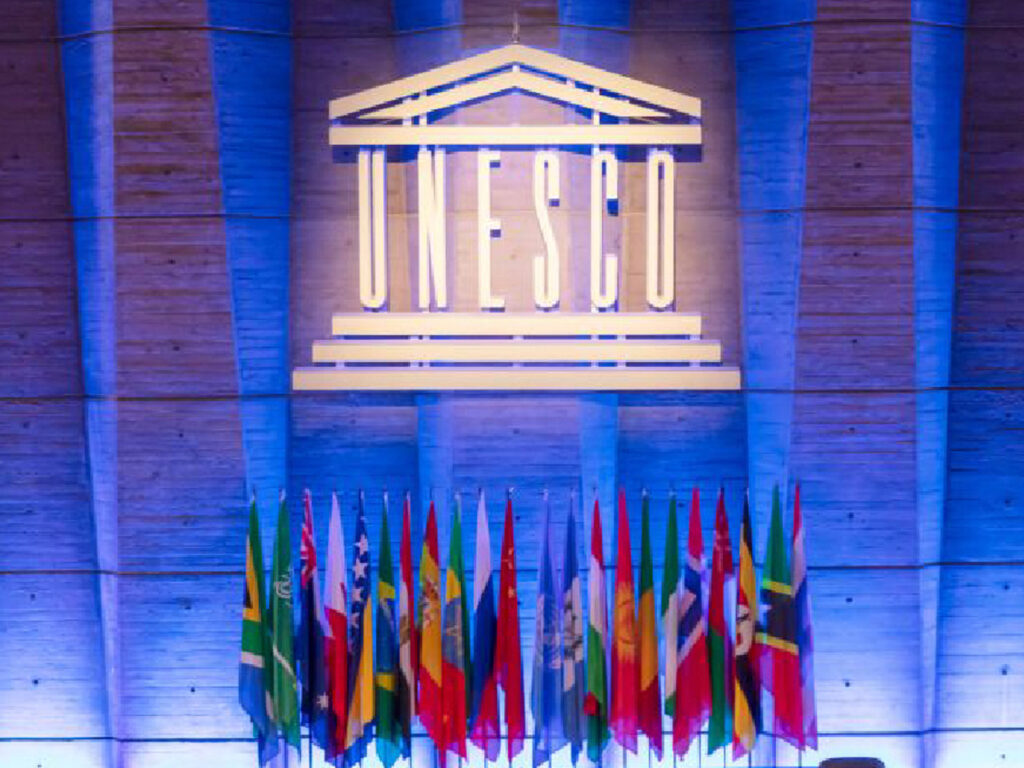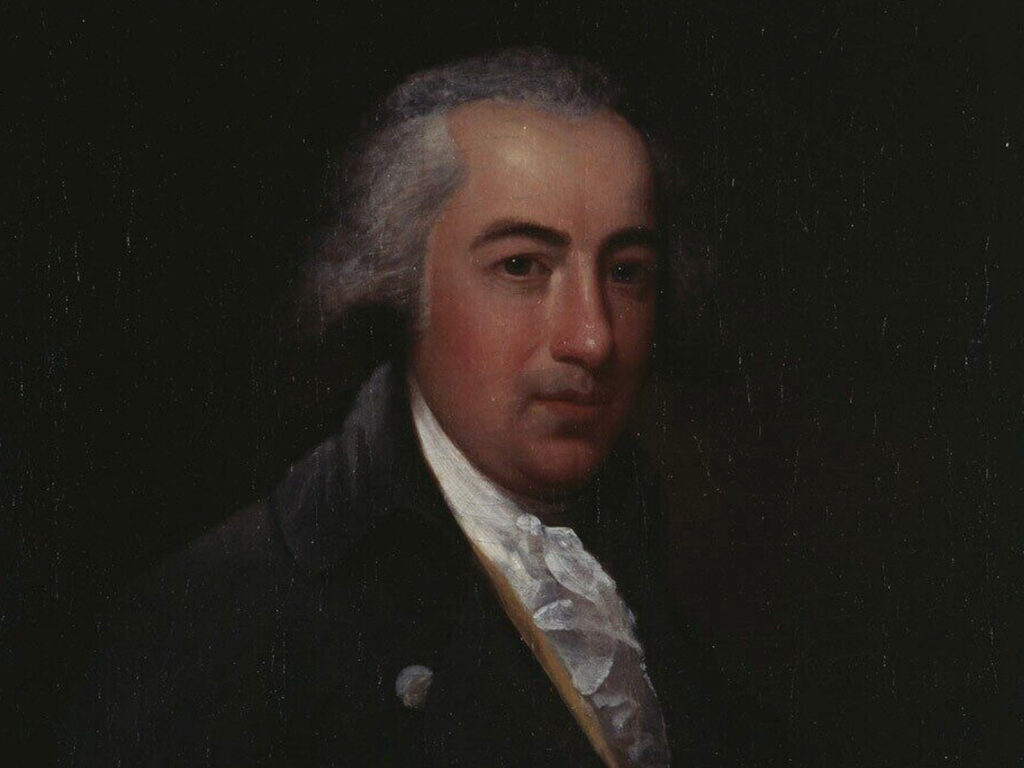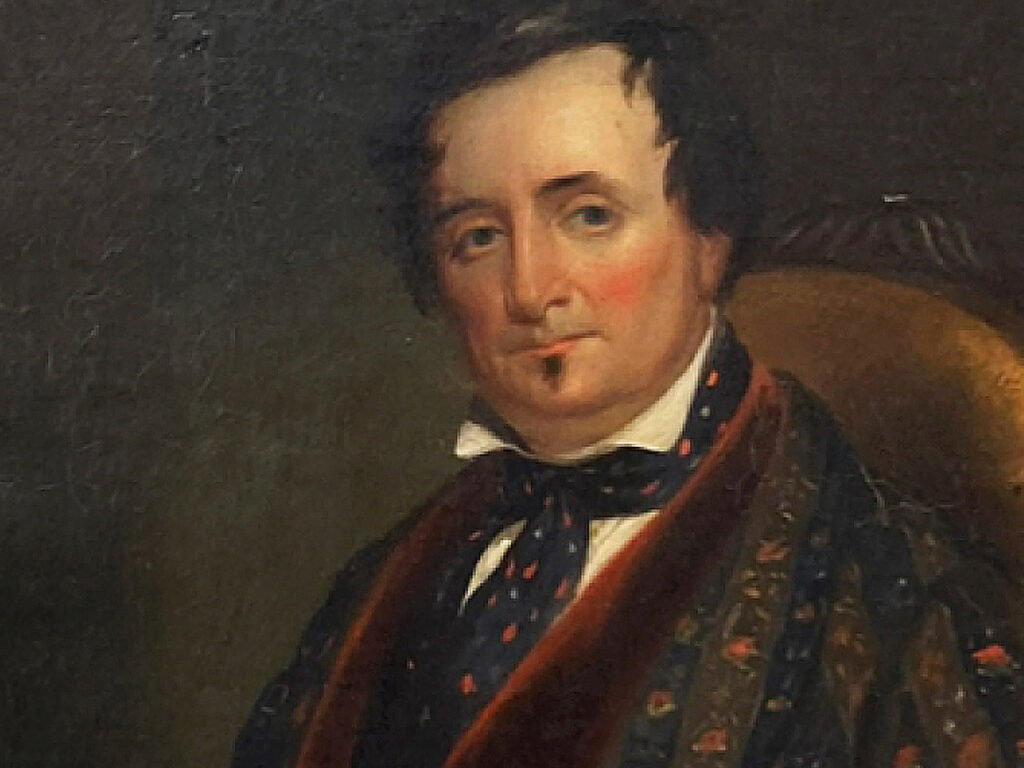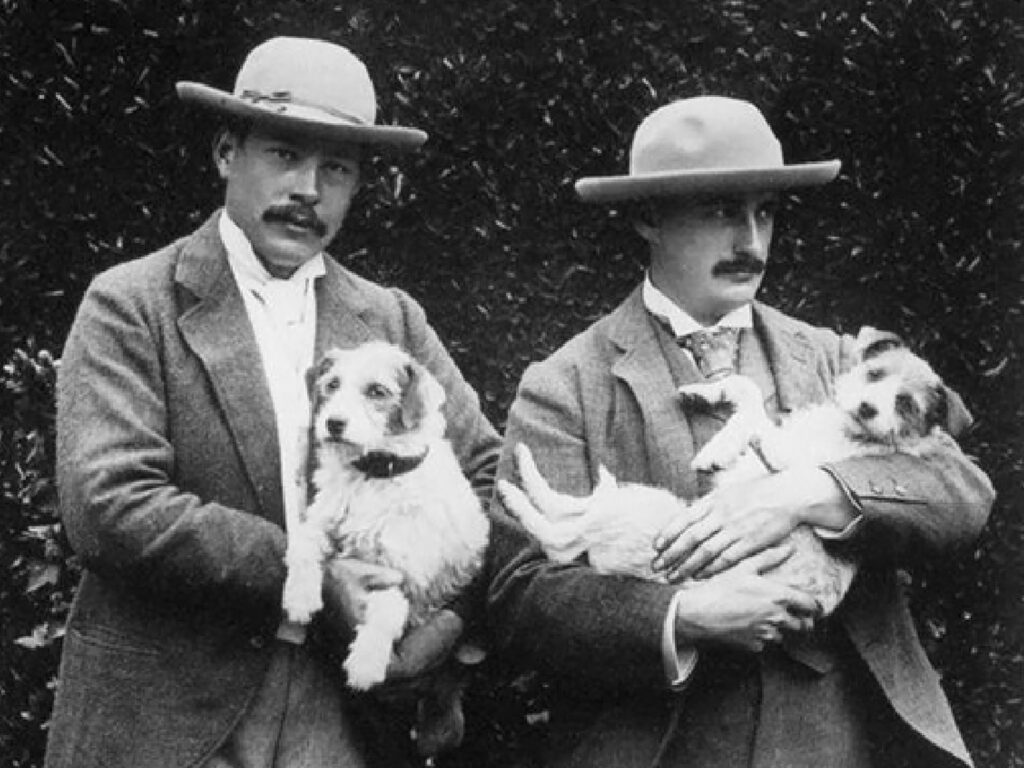When I consider how teaching classical myth has changed over my time at Bowdoin, two Goltzius prints that I often use in my course come to mind: one is a grand depiction of the “great” hero Hercules (Greek: Heracles), and another depicts part of the myth of the nymph Callisto, part of a series of stories Goltzius portrayed from Ovid’s Metamorphoses.
The juxtaposition of these two images serves as a reminder of the changes to studying myth that have transpired over the last three decades. Historically, Greek myths privileged the stories of great but flawed heroes like Hercules. A champion of the Greeks and a larger-than-life hero, Hercules rid the Mediterranean world of monsters and completed his Twelve Labors as a punishment for murdering his wife and children in a fit of madness inflicted upon him by the goddess Hera. In the Goltzius print, Hercules stands immense and preposterously muscled (and mustached!), wearing the hide of the famed Nemean lion, wielding his club, and holding the horn of his conquest over the river god Achelous. In the background, three more victories are depicted: the overpowering of the Cretan Bull, the defeat of the monstrous wrestler Antaeus, and the attainment of the Apples of the Hesperides, which granted unending youth to their consumer. Masculinity, strength, violence, and classical heroic nudity claim the day.
Goltzius’s depiction metaphorically resembles the traditional focus of Western myths. The tales of great male heroes such as Hercules, Perseus, and Achilles are told and retold, from antiquity—through works such as Homer’s Iliad, Pindar’s poems, and Ovid’s Metamorphoses—to today, through cinematic displays like Brett Ratner’s Hercules (2014), Tarsem Singh’s Immortals (2011), and Wolfgang Peterson’s Troy (2004). The story of the great male hero has long been privileged, as in the interpretations of Joseph Campbell’s Monomyth. While the crimes and flaws of these heroes are still noted, they were, in the main, elided. Campbell’s application of the monomyth is particularly insidious in this regard; for him, the heroic myth is always indicative of a positive story arc. He offers a reading of the legendary hero reminiscent of the modern label “hero”: an ultimately good person (read: man) who overcomes obstacles.
